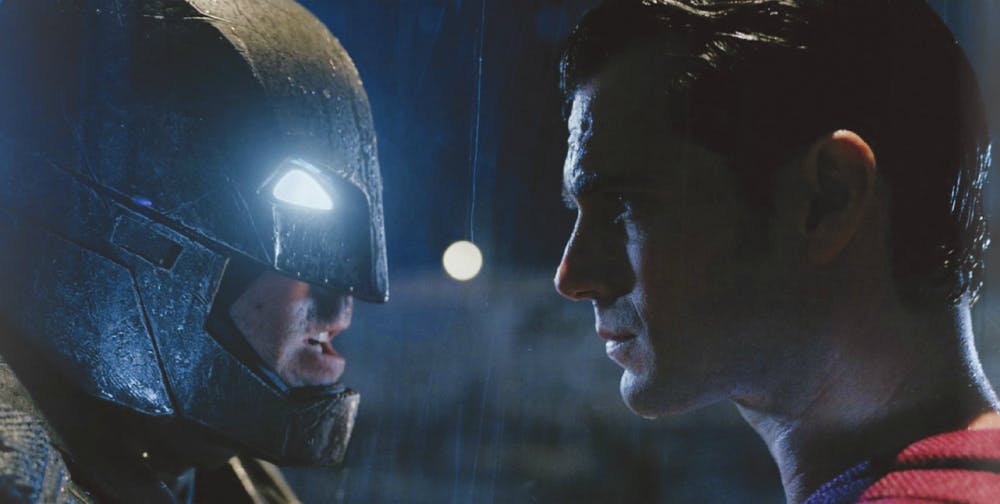The Dark Knight first appeared in comics in the late 1930s and remains one of the best-loved characters in comic, television and cinematic history.
From the emblematic Bat signal to his signature dark costume, there is no question that Batman has transcended comic books and become a cultural icon.
But the mere premise of a night-flying, caped vigilante isn’t enough to endure 77 years in print and countless incarnations in the media.
The enduring appeal of The Caped Crusader boils down to a few points: he’s effortlessly revamped his image every decade or so to keep up with changing public interests. His humanity in a world of superpowered heroes lends him vulnerability and a righteous edge some protagonists lack.
We like our heroes to be flawed and compelling, and Batman is perhaps the most complicated of all.
The secret to Batman’s longevity is his ability to change with the times. In the 1950s, he fit into the comic noir genre as the World’s Greatest Detective, then gained more of a camp vibe with the 1960s television series.
Subsequent Warner Bros. movies and comics have painted him as a well-meaning man doing what he thinks is best for his city, a violent vigilante determined to put crime to rest at any personal cost, a Sisyphus crushed by a never-ending task he can’t let go and a madman consumed by his own blackened worldview.
Each incarnation appeals one way or another to the public’s emotional core. And each feels true to the character because it draws from his greatest strength: humanity.
On- and off-duty, Bruce Wayne is just one man. Granted, his wealthy parentage and intellect give him an edge in arming himself, but he is one person asked to take on a bevy of super-strong, powered criminals.
“The Dark Knight Returns” emphasizes Batman’s physical fragility. Although he has weapons and armor, Batman is mortal and subject to the thousand natural shocks that flesh is heir to.
While Batman’s energy may occasionally waiver, his personal ethics never do.
He is a study in contradictions. He is a rich man who suits up himself and fights crime on the streets, a mortal who stands among literal and figurative gods in the Justice League of America and a boundless intellectual who often concludes that his fists are the best tool for problem-solving.
Superman is powerful, but he will never be a character with whom viewers can identify. His personal losses are vast, but few incarnations of the character have explored the Man of Steel in the context of the deprivation of a family, or even an entire culture.
Instead, Superman’s characterization ranges from faraway inspirational figure to sheer destructive force.
Good or bad intentions aside, Bruce Wayne chooses to defend Gotham from outside the justice system, which lends him automatic moral ambiguity and an element of avenging-angel wish fulfillment.
Batman’s willingness to step outside the law appeals to the darker side of human nature.
Christopher Nolan’s “Dark Knight” trilogy drenched its character, the city of Gotham and every villain with a layer of grime.
Whether Batman’s good intentions give him the authority to cause harm is disputed, but the balancing act he performs to maintain his position as a hero is fascinating to watch and critique.
Compare this inherently darkened aesthetic to Superman. He literally gets his powers from the Earth’s sun — a brighter source of energy, but also one that is far out of reach of the average person.
If Superman’s job is to inspire wonder or terror from the skies, Batman grounds the superhero movie’s struggle, bringing it squarely into urban streets.
Hope and sunniness are fine sometimes, but the well of the human psyche never seems to run out of shadows.




